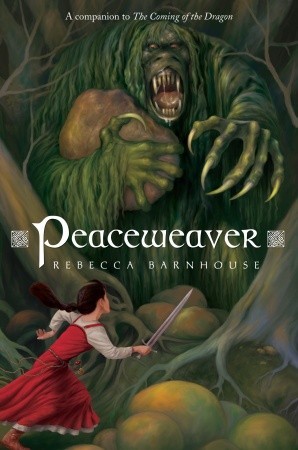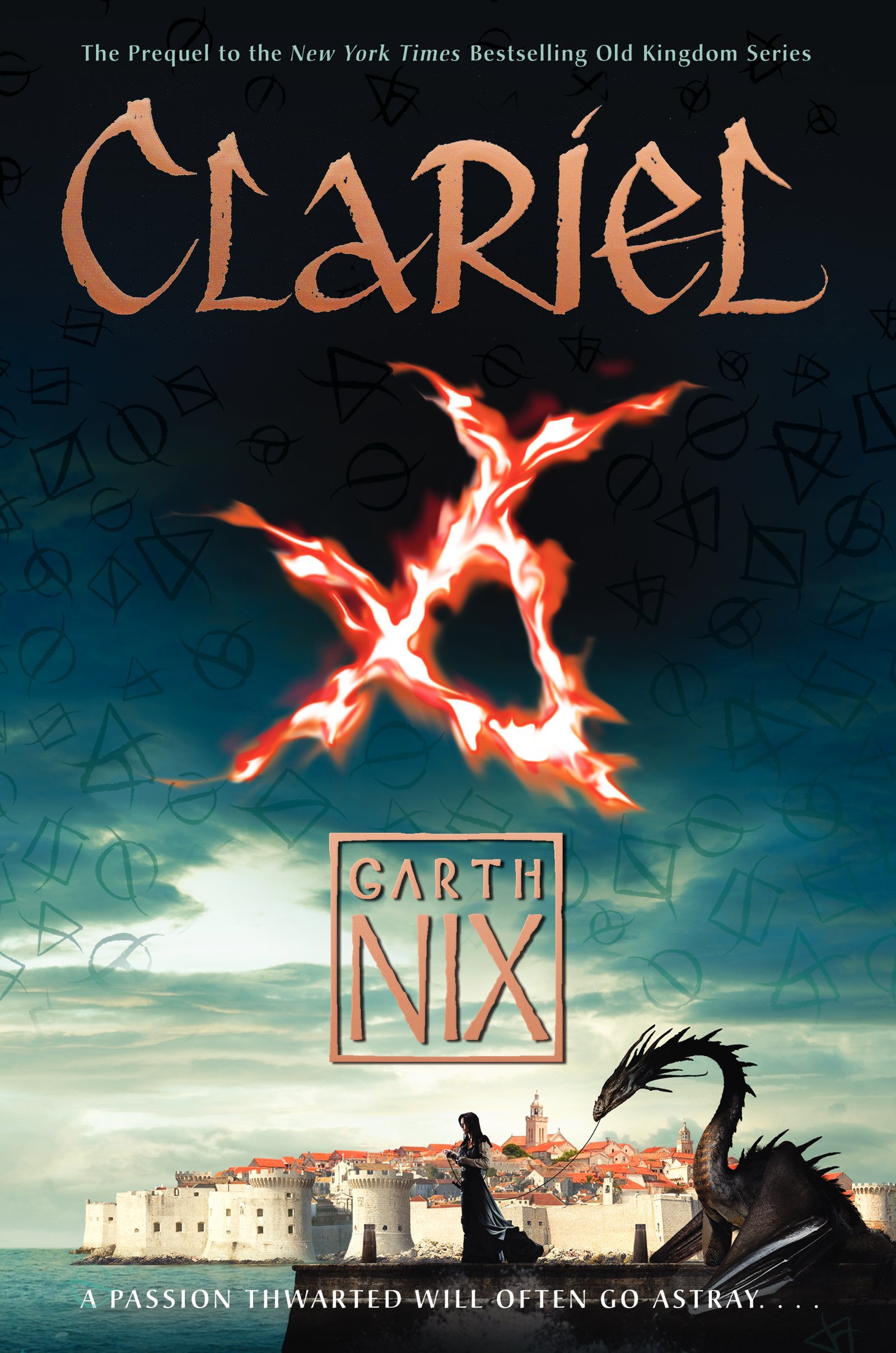 I recently reread these two books by Rebecca Barnhouse. They’re billed as Young Adult, but I thought them an enjoyable read for adults as well. What initially attracted me to them is the fact that they’re loosely based on the Anglo-saxon Beowulf saga, though they don’t deal with those events directly.
I recently reread these two books by Rebecca Barnhouse. They’re billed as Young Adult, but I thought them an enjoyable read for adults as well. What initially attracted me to them is the fact that they’re loosely based on the Anglo-saxon Beowulf saga, though they don’t deal with those events directly.
The first book (Coming of the Dragon) takes place many years after the slaying of Grendel, when Beowulf is an aged king. It’s the story of Rune, a young man with a mysterious past, who has to discover his origins. Then of course a dragon comes into it, but I don’t want to give away the whole plot…
Peaceweaver is a companion piece, which I actually thought even better. The protagonist, Hild, is sent away to the Kingdom of the Geats as a peaceweaver when her family discovers she has the sight – a gift they’re not comfortable with. She’s a really interesting character with believable faults and insecurities and some startling talents!
Rebecca Barnhouse obviously has a thorough knowledge of early medieval times, but she also adds a dollop of magic and mystery to make things more interesting. I would dearly love to read the next novel in the series, but apparently the third book ‘Ring Giver’ was dropped by the publisher and she is now looking for a new one. Fingers crossed she finds one soon!

 Garth Nix’s most recent fantasy novel is set in the Old Kingdom, the same world as his earlier Abhorsen series (Sabriel, Lirael, Abhorsen), but several centuries earlier. It is a standalone novel, but I would very much recommend reading Sabriel (which I still consider the best of the series) first. The story is well written and Nix’s world full of interesting concepts. The dead do not necessarily stay dead and some people are able to cross into Death and its nine precincts and command the dead with special bells, a magic which is often abused.
Garth Nix’s most recent fantasy novel is set in the Old Kingdom, the same world as his earlier Abhorsen series (Sabriel, Lirael, Abhorsen), but several centuries earlier. It is a standalone novel, but I would very much recommend reading Sabriel (which I still consider the best of the series) first. The story is well written and Nix’s world full of interesting concepts. The dead do not necessarily stay dead and some people are able to cross into Death and its nine precincts and command the dead with special bells, a magic which is often abused.
 Isn’t modern science an amazing thing? Over 500 years after England’s last Plantagenet king Richard III was killed at the Battle of Bosworth Field in 1485, scientists are piecing together his final moments. They can even make a guess what wounds caused his death and which ones were inflicted afterwards. The Guardian has an
Isn’t modern science an amazing thing? Over 500 years after England’s last Plantagenet king Richard III was killed at the Battle of Bosworth Field in 1485, scientists are piecing together his final moments. They can even make a guess what wounds caused his death and which ones were inflicted afterwards. The Guardian has an 



